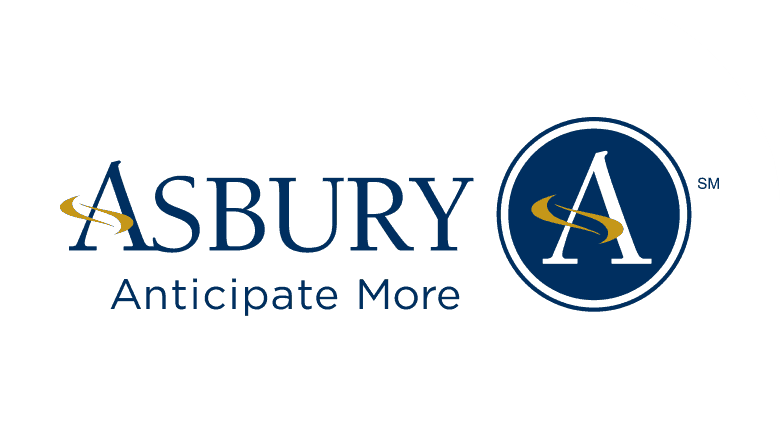Senior Living Research Guide
If you’re considering moving to a continuing care retirement community, here’s a helpful guide to commonly asked questions and important factors to consider when touring.
Q: I keep hearing the term LifePlan community. Is that the same thing as a LifeCare community?
A: LifePlan is simply a more up-to-date term for continuing care retirement communities, which began appearing in the 1980s. Several years ago, a task force of senior living professionals conducted focus groups to see which terms older adults felt best described the benefits and goals of a CCRC. LifePlan was the preferred choice, emphasizing the peace of mind that comes with planning and the focus on living well in your later years.
Q: What is a LifeCare community?
A: LifeCare speaks to the health care services that are guaranteed to residents. CCRCs have three primary contract types – all revolving around health care services.
- LifeCare, or Type A, communities, typically have higher entrance fees and monthly fees than non LifeCare. In exchange, residents’ monthly living expenses do not increase if they require assisted living or skilled nursing care – of it their spouse requires health care.
- At Type C communities, residents pay for any necessary health care on a fee-for-service basis. This means that monthly expenses will rise if assisted living or skilled nursing care is needed. However, this is typically the most affordable option, requiring a lower entrance fee and monthly fees than Type A.
- Type B communities offer a modified fee-for-service contract regarding health care costs. Residents may receive discounted or covered care for a period of time than can range from 30 to 90 days, typically.
- 55+ communities typically provide none of the wellness, dining, and health care services or staffing provided by a CCRC, or LifePlan, community. They are simply age-restricted communities where houses are built to more easily accommodate aging.
Q: How do I know if this is a smart move financially?
A: Each community’s marketing team has detailed information on the costs of living at their community and worksheets that help you compare your expenses, as well as a financial qualification process. Contacting a financial advisor or CPA is a good idea. The fee for their services will be well worth a detailed analysis. People are often surprised to learn how much they still spend even though they own their house.
An important benefit of non-profit CCRCs is benevolent care, which provides financial support for residents who have outlived their resources through no fault of their own. In 2017, Asbury contributed more than $4 million in benevolent care across its eight communities.
Q: How do I know when I’ve found the right community?
A: Many new residents say they “had a feeling when they walked in,” but there’s plenty you can do to back up a hunch.
- For starters, we know that retirement living is a tough decision, view our Top Tips for Touring a Retirement Community checklist. Set up a few meals with community residents. Is the vibe too relaxed? Too formal? Stay over in a guest suite for a few nights. Attend resident events or clubs and community programs.
- How are the associates? Do they greet you – and seem to know and enjoy current residents?
- Ask about community awards and accreditations. Both speak to leadership, engagement, and stability.
- And be sure to tour each campus’s assisted living and skilled nursing neighborhoods. Ask to see their rates and what they include, and find out their U.S. Centers for Medicare & Medicaid star rating.




